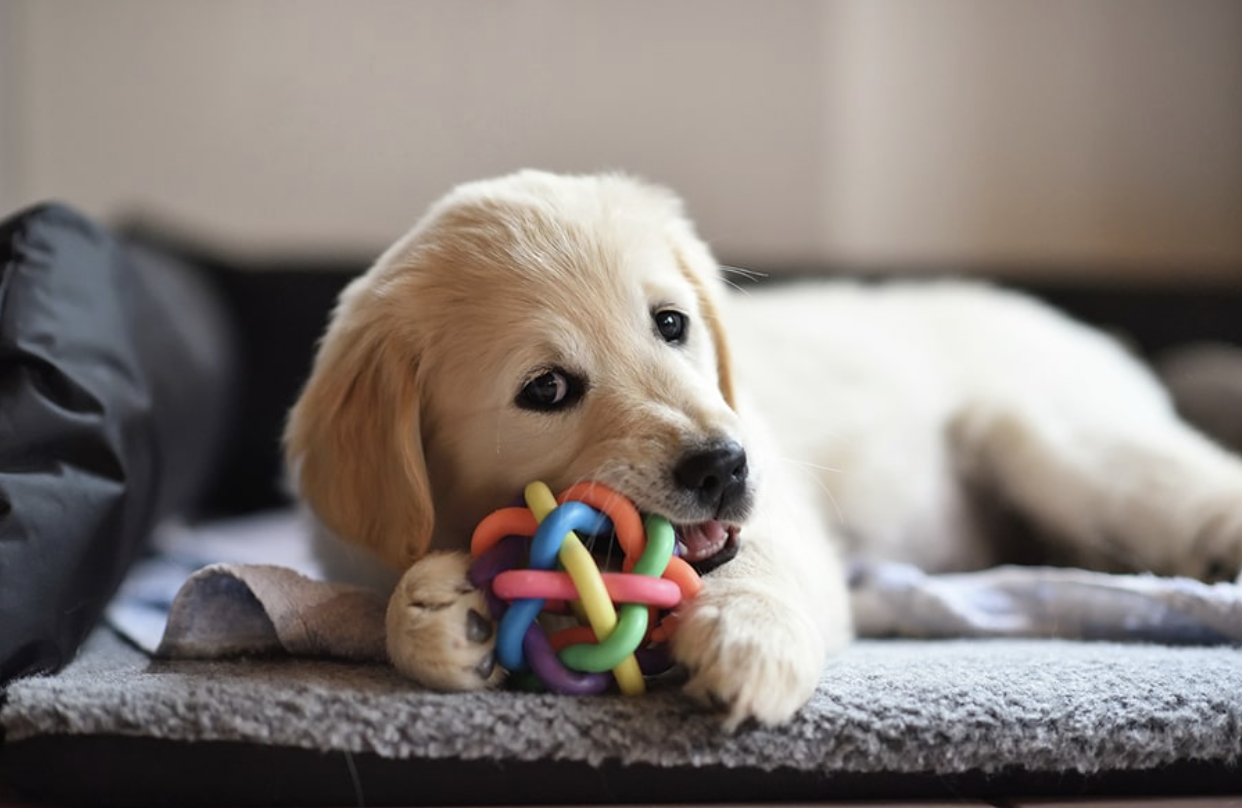Bringing Home a New Puppy
There is nothing more exciting than rescuing a sweet little puppy, but with this excitement comes lots of questions, unknowns, and new responsibilities. In this transition from rescue to forever home, it is important to remember that your puppy was just taken away from their mother, siblings, and the environment they were accustomed to. This can be scary and confusing for a puppy, but there are several things you can do to help them adjust to their new life.
Here are some tips for bringing home your new puppy!
Choose a potty spot: Start by taking them to an outside area where you want them to go to the bathroom. If they relieve themselves, use a command that you can stick to, like “go potty” or whatever you will be consistent with, and always remember to praise your puppy as soon as they go to the bathroom outside.
Introduce them to their new home: If you have created a puppy-proof section of your home, this is where you will want to bring your new pup. A common mistake many people make when bringing their puppy home is to let the puppy loose and explore the house at will. Though this may seem like a good idea, it can be a sensory overload for your new puppy. Too many new places, smells, and people at once may confuse them. Instead, let them explore a designated area. Let them get used to this small space before you go on other exploratory missions. If you have decided certain rooms are off-limits, avoid letting them see these areas.
Introduce them to their new family members: To prevent overwhelming your puppy, try introducing them to people one at a time. Though this can be difficult, given all the excitement about the new puppy, try to give them a chance to meet everyone individually.
Provide chew toys: Make sure to give your new puppy appropriate and safe puppy chew toys. If your pup starts to chew on something not meant for them, redirect them to their other chew toys.
Introduce sleeping spot: Puppies sleep between 15-20 hours a day, and although they’re often likely to just drop in their tracks, bring them to their crate or dog bed when they seem ready for a nap or bedtime. Remember, crates are not “doggy jail.”
Keep a close eye on your puppy: Puppies should be supervised or within your vision during the early days. Take your puppy from room to room, allowing them to explore under your watch.
Start enforcing rules: Your puppy must learn the house rules from the very beginning. The more structured and consistent you are with your puppy, the better adjusted and happier it will be. Whether it’s chewing or other “bad” behaviors, use gentle redirection. Yelling and punishing will only scare and confuse your puppy. Praising good behavior and deflecting unacceptable behavior is the most effective way to help your puppy learn.


